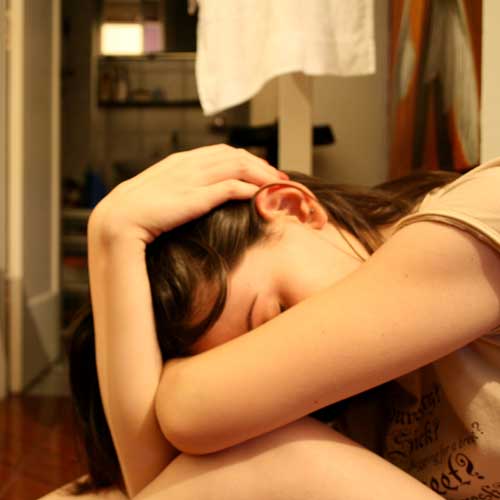An underactive thyroid affects as many as 1 in 12 people, making it one of the most commonplace medical ailments — since it’s hard to detect by symptoms alone or without the proper tests, it usually goes undiagnosed.
One of the most commonplace medical ailments is thyroid disorders and it mostly affects women. Women are 10 times more likely to have an underactive thyroid compared to men, and as much as 2% of the adult population in the UK suffers from this ailment. As people age, their chances of getting this ailment increase. As many as 8% of 50-year-old women and men over 65 years old have an underactive thyroid.
Understanding Thyroxine
The hormone thyroxine is produced in the thyroid gland and it regulates the metabolism of the body and is vital in the normal functions of the body. Metabolism slows down if enough thyroxine isn’t produced resulting in an underactive thyroid or hypothyroidism. Reduced thyroxine levels slow down the body’s mental and physical processes and result in a number of symptoms including:
• overall weariness
• putting on extra pounds
• hair that is fragile, dry and thinning
• dry and rough skin
• heavier and longer menstrual cycles
• bowel irregularity
• memory issues and problems focusing
• depression
• weak muscles
The warning signs of an underactive thyroid tend to progress gradually, are usually not specific and differ greatly from person to person. As a result, a diagnosis by symptoms alone is challenging and this is why it will usually go unnoticed without the proper blood test. Our Thyroid Test Kit shows the increasing levels of Thyroid Stimulating Hormone (TSH). This test is vital and is very sensitive when it comes to detecting an underactive thyroid.
Do you think you might have an underactive thyroid? With our Home Thyroid Test Kit, you can do the test at home on your own. In only 10 minutes, this simple and reliable test will let you know if you have an increased TSH level. (If you are unsure, you can read our article How To Use A Thyroid Test Kit)
Living With An Underactive Thyroid
Living with an underactive thyroid doesn’t have to slow you down. While it’s true that hypothyroidism can zap your energy, there are ways to manage symptoms and thrive. First things first: work with your doctor to nail down the right medication dosage. It might take some tweaking, but once you’ve got it sorted, you’ll feel like a new person.
Next up, fuel your body right. Load up on nutrient-dense foods like leafy greens, lean proteins, and healthy fats. They’ll give you sustained energy without the crash. And don’t forget to move that body! Exercise might feel like a chore when you’re tired, but it’s a game-changer for boosting metabolism and mood.
Stress management is key too. Whether it’s meditation, yoga, or just curling up with a good book, find what helps you unwind. Your thyroid will thank you. Lastly, don’t be afraid to reach out for support. Join a local support group or connect with others online. Remember, you’re not alone in this journey!
Hashimoto’s Thyroiditis
Autoimmune thyroiditis (Hashimoto’s thyroiditis) is one of the main reasons for low thyroid function. In this self-destructive process, the immune system of the body attacks the thyroid gland cells like if they were dangerous foreign cells. Insufficient iodine in the diet is another cause along with the treatment of thyroid cancer or after hyperthyroidism surgery. Another side effect is eating too much of certain health foods like kelp (seaweed).
In March 2020, former Oasis singer, Liam Gallagher was diagnosed with Hashimoto’s disease, meaning that he needed to self-isolate through the COVID-19 pandemic. Gallagher first revealed in 2017 that he had the condition — ‘I’ve got a thyroid problem — Hashimoto’s disease — so I can get a really hoarse voice.
Photo Credit: “Tired.” (CC BY 2.0) by lethargic
Zoom Health is a leading UK supplier of Home Health Tests and Earplugs





